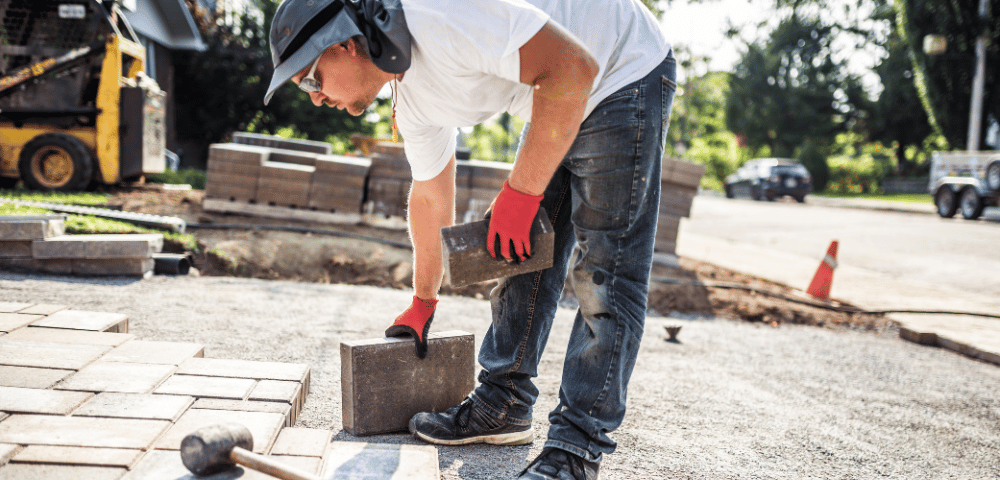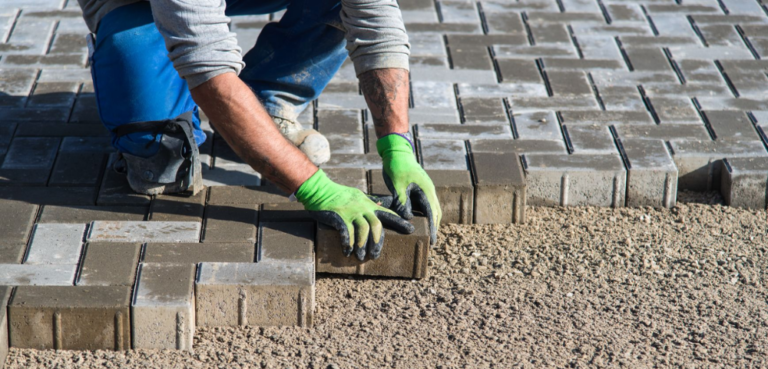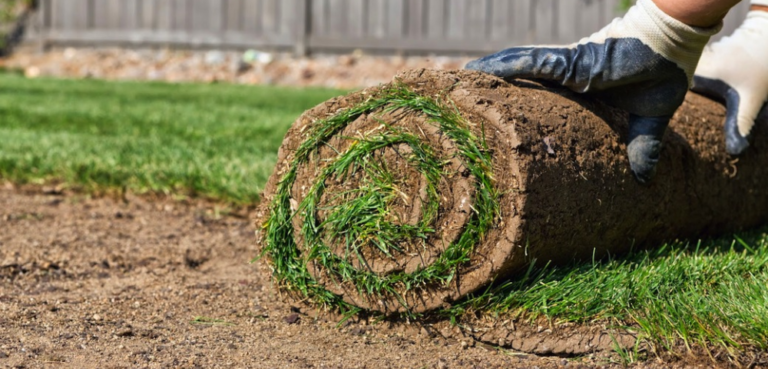Choosing a reputable paver installation contractor ensures that your project is completed with attention to detail and high standards. In this blog post, we will explore why quality paver installation is important, what to consider when choosing a contractor, and how Line of Art Construction can help you transform your backyard into a beautiful outdoor oasis.
Creating a beautiful outdoor living space is a dream many homeowners share. From a relaxing patio with a fireplace to a large driveway that complements your home’s exterior, there are endless possibilities. However, a crucial factor in achieving an outdoor oasis is the quality of paver installation.
Why Paver Installation Matters
Pavers are one of the most popular materials used for backyard projects. They come in many styles, colors, and shapes and can be used to create patios, driveways, walkways, and more. The quality of paver installation is crucial to ensure that they are durable, withstand weather changes, and retain their aesthetic appeal for years to come.
A poorly installed paver patio with a fireplace or a large paver driveway can lead to uneven surfaces, weed growth, and in extreme cases, structural issues.
Choosing the Right Paver Installation Contractor
Selecting the right paver installation contractor is key to achieving a well-executed vision for your outdoor space. Consider the following factors when making your choice:
- Experience: Look for contractors who have been in the business for a number of years and have a portfolio of previous projects that showcase their skills and creativity.
- Reviews and References: Check the contractor’s online reviews and ask for references. Speaking to previous clients can provide insights into the contractor’s reliability and quality of work.
- Certifications: Ensure the contractor is licensed, bonded, and insured. These certifications are a testament to their professionalism and commitment to adhering to industry standards.
- Pricing: Obtain detailed estimates from several contractors. While cost should not be the sole determinant, it’s important to understand what value you’re getting for your investment.
- Project Timeline: Reliable contractors will provide a realistic timeline for project completion. They should also be able to demonstrate consistent punctuality and adherence to provided schedules in their past projects.
- Communication: Effective and clear communication is vital. Choose a contractor who is responsive, listens to your ideas, and offers clear explanations and suggestions.
Steps in the Paver Installation Process
The paver installation process involves several steps, including:
- Site Evaluation: The first step in the paver installation process involves a comprehensive site evaluation. The contractor will visit your property to assess the area, identify any potential challenges, and discuss your vision for the space.
- Design Planning: Following the site evaluation, the contractor works with you to create a design plan, incorporating your preferences while also providing professional advice on what types of pavers and layouts would best suit your space.
- Excavation: The next step involves the removal of existing surfaces, and the excavation of the area where the pavers will be installed. The depth of the excavation depends on the type of installation and the local climate.
- Base Preparation: After excavation, a base layer is prepared using compacted gravel to provide a firm and stable foundation for the pavers.
- Sand Layer: A layer of sand is spread over the gravel base to a uniform depth, which provides a bed for the pavers to be set into.
- Paver Installation: The pavers are then carefully placed on top of the sand layer, following the agreed-upon layout. Each paver needs to be precisely positioned to ensure a smooth and even surface.
- Paver Compaction and Sand Filling: Once all the pavers are installed, they are compacted into the sand using a plate compactor. Additional sand is swept into the gaps between the pavers for stability.
- Sealing: The final step in the paver installation process is sealing. A sealer is applied to protect the pavers from stains and weather damage, and to enhance their color.
The paver installation process requires a deep understanding of the materials, meticulous attention to detail, and a skilled hand. Choosing a reputable contractor ensures that every step is handled professionally, achieving a beautiful and durable result.
Common Mistakes in Paver Installation
One of the common mistakes in paver installation is taking shortcuts. Many contractors may try to save time and money by taking shortcuts in the installation process, such as skipping base preparation or using low-quality materials.
These shortcuts can lead to a compromised end result that will not withstand the test of time. Line of Art Construction ensures that shortcuts are avoided and that each project is completed with attention to detail and high standards.
Conclusion
In conclusion, choosing a quality paver installation contractor is crucial for achieving your dream outdoor oasis.
Line of Art Construction is a reputable company that values quality paver installation, with positive customer testimonials and a diverse portfolio of completed projects. We ensure that shortcuts are avoided and that each project is completed with attention to detail and high standards. If you’re looking to transform your backyard into a beautiful outdoor oasis, consider Line of Art Construction for your upcoming paver-installation-related projects.
Frequently Asked Questions
What is the recommended base material for paver installation?
The recommended base material for paver installation is a compacted layer of crushed stone or gravel, followed by a layer of sharp sand to ensure stability and proper drainage. This combination provides a solid foundation and helps prevent paver shifting over time.
How soon can a newly installed paver surface be used?
After installing a paver surface, it’s typically safe to walk on it within a few hours. However, if the project involves vehicular traffic, like a driveway, it’s best to wait at least 48 to 72 hours to allow the jointing sand to settle and the pavers to fully interlock.
Are there specific patterns that work best for certain paver shapes?
Yes, certain paver shapes lend themselves to specific laying patterns. For instance, rectangular pavers are often used for herringbone or running bond patterns, while square pavers suit basketweave or stack bond patterns. The shape and size of the paver can influence the overall look and stability of the pattern chosen.
You might also be interested in:




